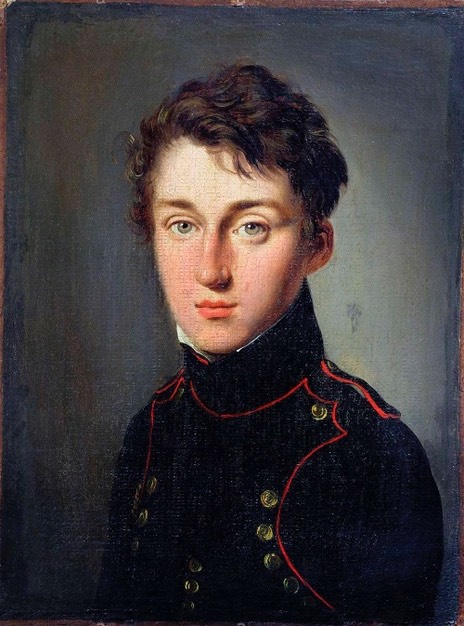March 18th, 2020

Sadi Carnot was born in 1796. By the 1820s, steam engines were revolutionizing the world and Carnot was curious as to whether they could be made more efficient. All attempts to improve steam engines were semi-random incremental efforts based on guesses and intuition rather than rigorous analysis. Carnot attempted to carry out that rigorous analysis. Nobody had ever thought to bring science to bear on the operation of steam engines. Carnot, working alone, figured out the basics, but he didn’t quite solve all the problems; his analysis pointed in the right directions but didn’t actually get the basic laws of thermodynamics.
For example, Carnot correctly deduced that the efficiency of a steam engine could be calculated by the difference of temperature between the hottest portion of the engine and the environment. He did not, however, find the correct equation:
Efficiency = (Hottest Temperature - Environment Temperature) / Hottest Temperature
The temperatures have to be measured in in absolute degrees, which required the determination of the lowest possible temperature. Carnot was able to estimate the value of this lowest possible temperature as about -267ºC; the actual value is -273ºC. His book on the subject, Reflections on the Motive Power of Fire, was published in 1824; it was ignored. Carnot died in 1832.
But as interest in steam engines grew, a few people rediscovered Carnot’s work in the 1840s. In 1848, William Thompson (later Lord Kelvin) was both inspired by and dissatisfied with Carnot’s theory; he developed some criticisms and improvements upon Carnot’s ideas. In 1850, Rudolph Clausius published a paper further refining Carnot’s ideas and correcting some conceptual errors therein. In so doing, Clausius established the Second Law of Thermodynamics, one of the most powerful ideas in physics. In 1865 he published a paper combining the first and second laws of thermodynamics. Between them, Thompson and Clausius built the science of thermodynamics.
But the foundations were laid by Sadi Carnot.
Why did Carnot fail? The primary reason was, of course, the fact that he was ahead of his times. Scientists were still relying on something called the caloric theory, which saw heat as a substance that flowed from one object to another. This concept misdirected scientific thought, and Carnot’s ideas contradicted basic principles of caloric theory, so they were given little credence. Scientists had to rid themselves of the blinders imposed by caloric theory to recognize the merits of Carnot’s ideas.
Another factor in his failure was his early death at age 36. Had Carnot survived in good health, he might well have been able to improve upon his early work. Others had to complete his work.
